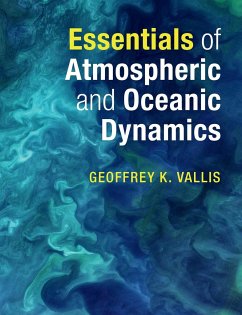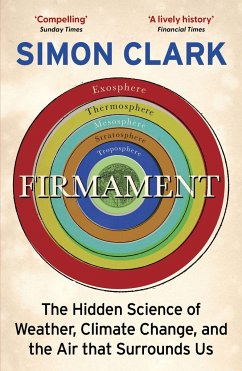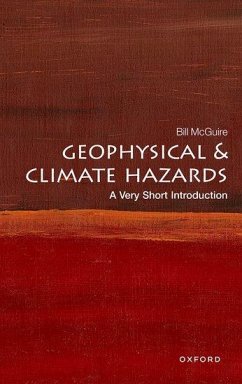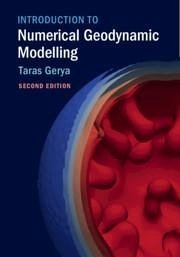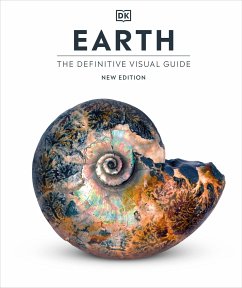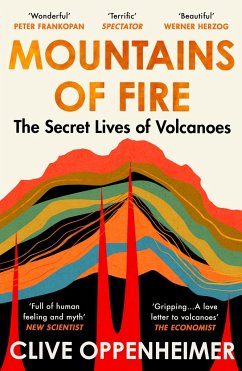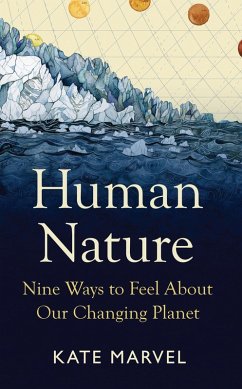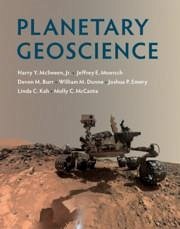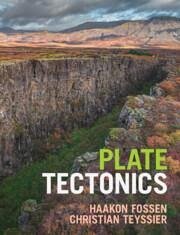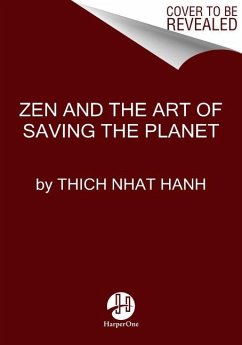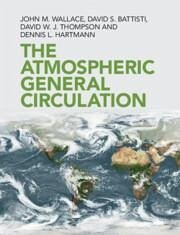
The Atmospheric General Circulation
Versandkostenfrei!
Versandfertig in ca. 2 Wochen
57,99 €
inkl. MwSt.

PAYBACK Punkte
29 °P sammeln!
An engaging, comprehensive, richly illustrated advanced undergraduate and graduate level textbook about the atmospheric general circulation, written by leading researchers. This textbook relates fundamental theoretical principles to observations, and contains extensive exercises and online resources.





